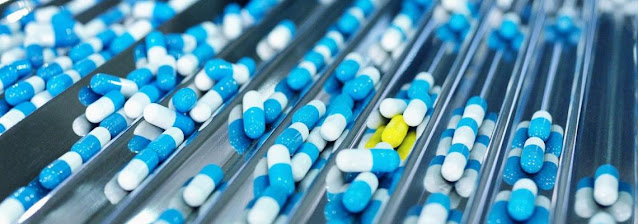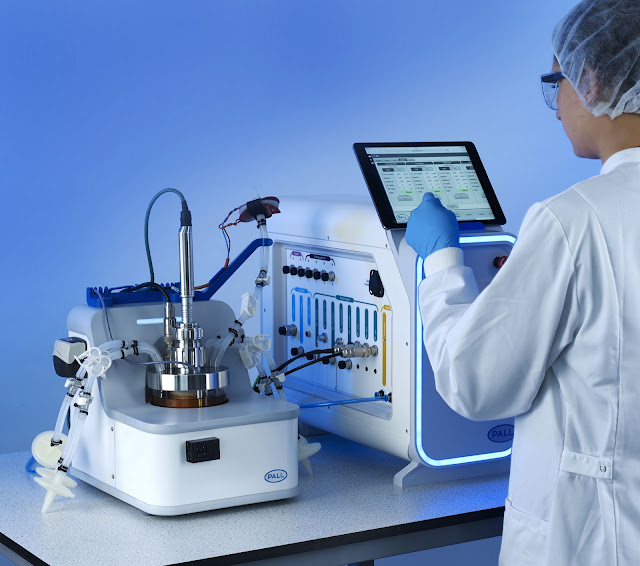Understanding the Properties of Medical Polyoxymethylene: A Comprehensive Overview

Medical Polyoxymethylene Medical Polyoxymethylene, also known as medical-grade POM, is a versatile and widely used material in the healthcare industry. Its unique properties make it suitable for various medical applications. Let's delve into the comprehensive overview of Medical Polyoxymethylene and its key characteristics. The Global Medical Polyoxymethylene (POM) Market Size Was Valued At US$ 199.8 Million In 2022 And Is Anticipated To Witness A Compound Annual Growth Rate (CAGR) of 3.37% from 2023 to 2030. 1. Biocompatibility: Medical Polyoxymethylene exhibits excellent biocompatibility, meaning it is well-tolerated by the human body. This makes it an ideal choice for medical devices that come into direct contact with tissues or bodily fluids. 2. High Strength and Stiffness: One of the primary reasons for the popularity of Medical Polyoxymethylene in healthcare is its remarkable strength an...


